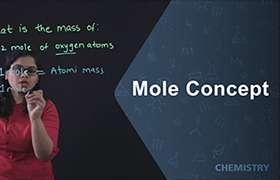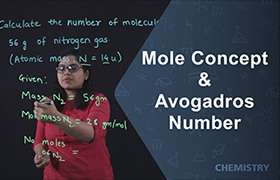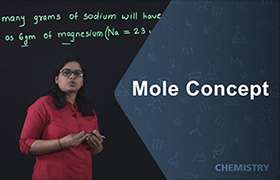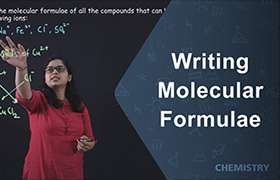CBSE Class 9 Answered
The Kinetic Theory explains the differences between the three states of matter. It states that all matter is made up of moving particles which are molecules or atoms. In solids, the particles are so tightly bound to each another that they can only vibrate but not move to another location.
In liquids, the particles have enough free space to move about, but they still attract one another. In gases, the particles are far apart and can move about freely since there is much free space. Solids change into liquids, and liquids into gases, when the particles gain more kinetic energy, like when being heated and are able to move apart from one another. When the molecules vibrate more quickly upon heating, some of it escapes from the matter. This is what the Kinetic Theory is about.
ü All matter is composed of small particles.
ü The particles of matter are in constant motion.
ü All collisions between the particles of matter are perfectly elastic
Particle motion: atoms move in a straight line between collisions.
Theory describing the physical properties of matter in terms of the behaviour - principally movement - of its component atoms or molecules. It states that all matter is made up of very small particles that are in constant motion, and can be used to explain the properties of solids, liquids, and gases, as well as changes of state. In a solid, the particles are arranged close together in a regular pattern and vibrate on the spot. In a liquid, the particles are still close together but in an irregular arrangement, and the particles are moving faster and are able to slide past one another. In a gas, the particles are far apart and moving rapidly, bouncing off the walls of their container. The temperature of a substance is dependent on the velocity of movement of its constituent particles, increased temperature being accompanied by increased movement. A gas consists of rapidly moving atoms or molecules and, according to kinetic theory, it is their continual impact on the walls of the containing vessel that accounts for the pressure of the gas. The slowing of molecular motion as temperature falls, according to kinetic theory, accounts for the physical properties of liquids and solids, culminating in the concept of no molecular motion at absolute zero (0 K/−273.15°C). The movement of particles, as described in kinetic theory, forms the basis of collision theory, which explains how chemical reactions occur and how the rate of reaction may be changed by altering the conditions. By making various assumptions about the nature of gas molecules, it is possible to derive from the kinetic theory the gas laws (such as Avogadro's hypothesis, Boyle's law, and Charles's law











